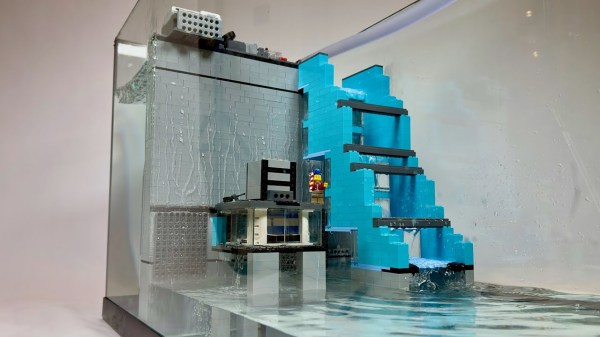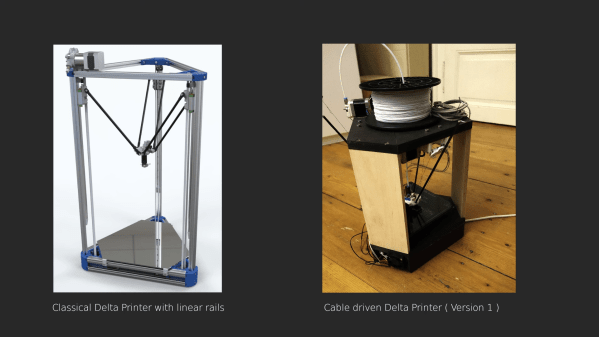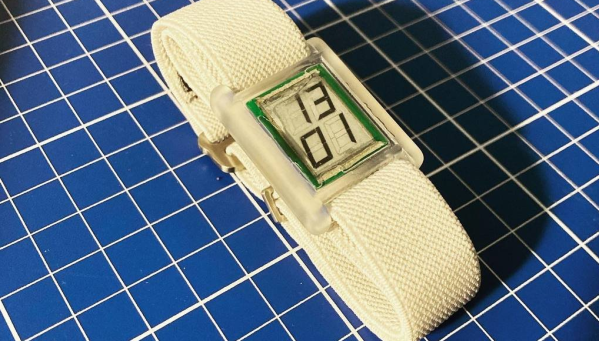Hydroelectric dams are usually major infrastructure projects that costs tens of millions of dollars to construct. But they don’t have to be — you can build your own at home, using LEGO, as [Build it with Bricks] demonstrates!
The build is set up in an aquarium with a pump, which serves to simulate flow through a river system. The LEGO dam is installed in the middle of the aquarium, blocking the flow. It has a sluice gate in the lower section to feed water to a turbine for power generation. The gate is moved via a rack and pinion. It’s driven by a LEGO motor on a long shaft to keep it a safe distance from the wet stuff. The dam also gets a spillway to allow for overflow to be handled elegantly. Meanwhile, a second motor acts as a generator, fitted with a fairly basic turbine.
Hilariously, the first build fails spectacularly as the hydrostatic pressure of the water destroys the LEGO wall. A wider base and some reinforcements help solve the problem. There’s a better turbine, too. It’s all pretty leaky, but LEGO was never designed to be water tight. As you might imagine, it doesn’t generate a lot of power, but it’s enough to just barely light some LEDs.
It’s a fun way to learn about hydroelectric power, even if it’s not making major amounts of electricity. Video after the break.



















